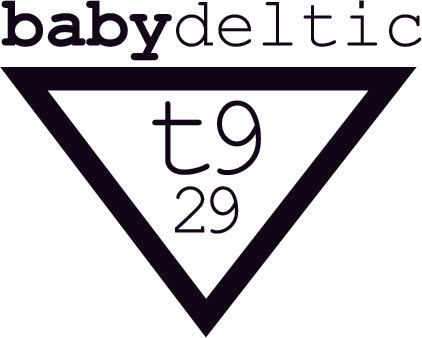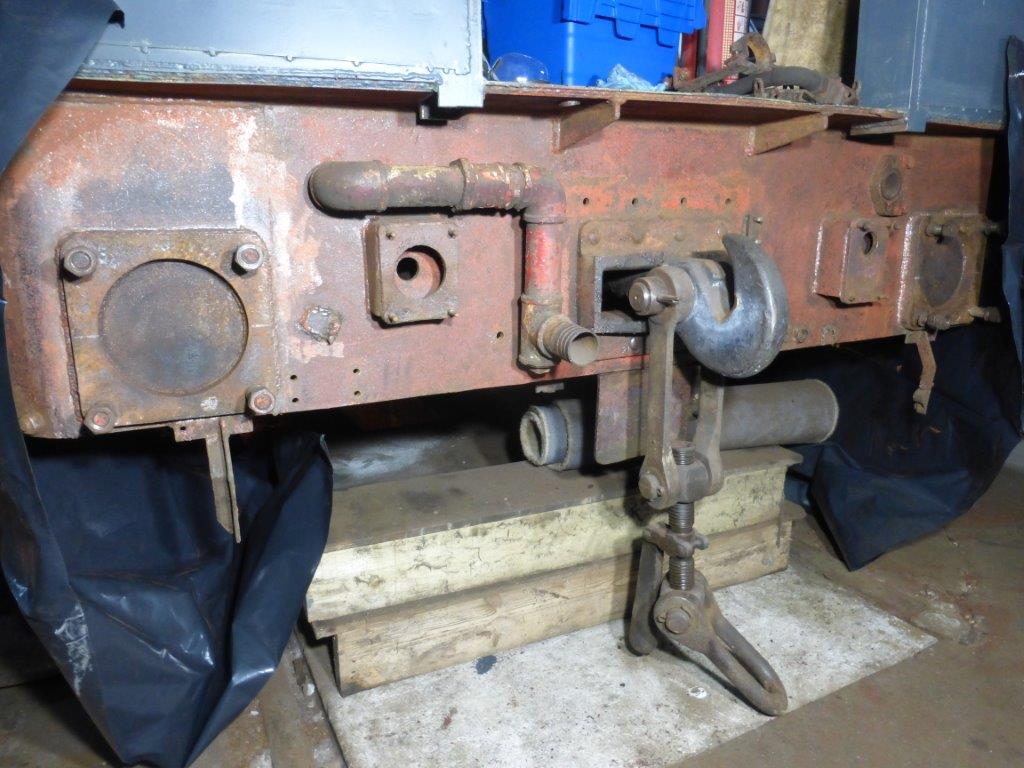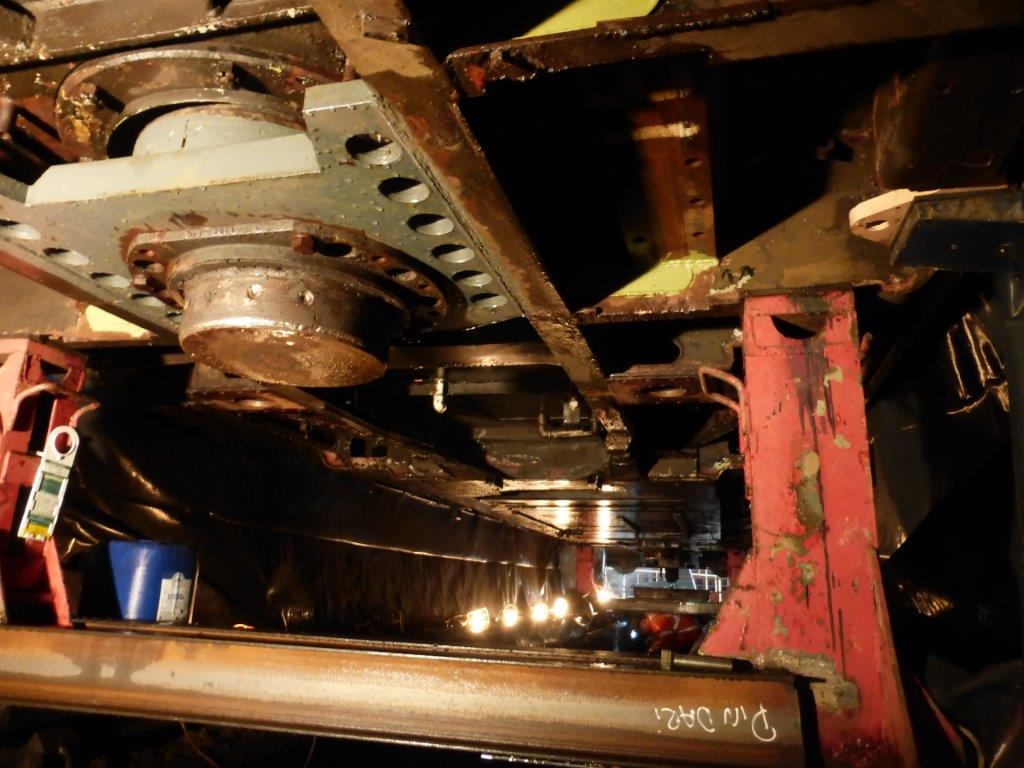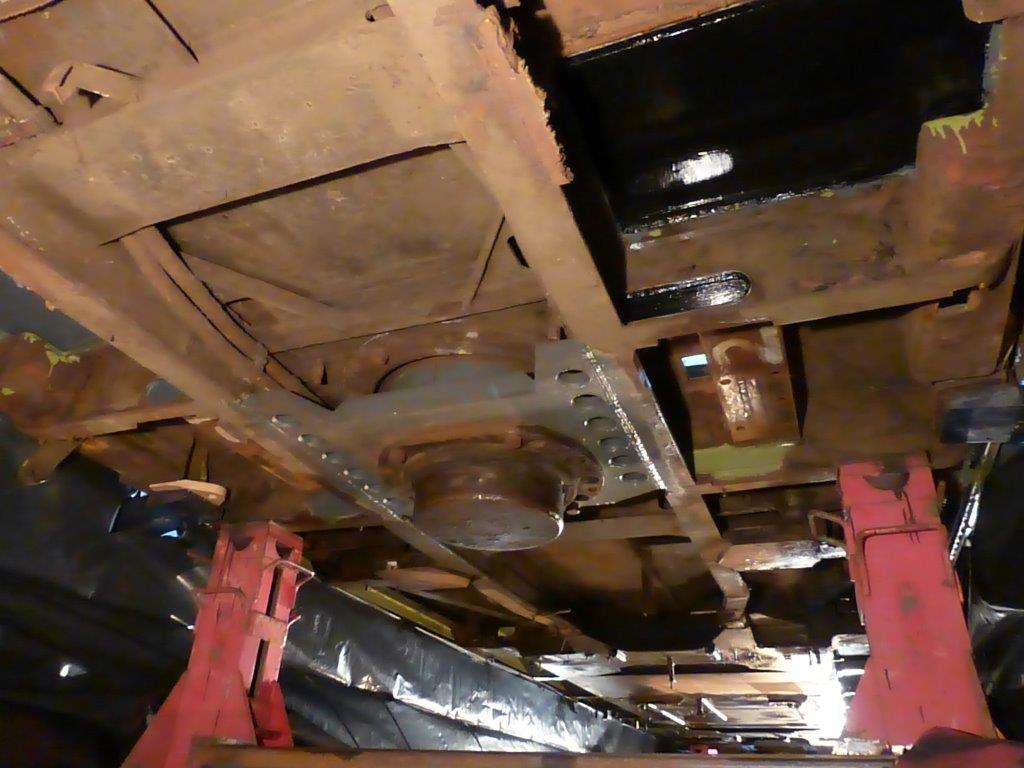News, 24 October 2020
News, 24 October 2020
I think this the first photo which shows in any detail the adapter arrangement necessary both; (1) to correct the centre pivot position between Class 37 and Class 23 (it moves towards the loco centre) and; (2) to allow the installation of the Class 20 bogie. The original Class 37 centre pivot is clearly seen above the (green) steel adapter. The adapter is welded to the loco longitudes and to the Class 37 centre pivot and then the Class 20 centre pivot bolted on. Also visible, to the right of the centre pivot is one of the repositioned side bearers - the bearer itself is not fitted, only the support steelwork can be seen.
The drips of water are evidence that the loco underframe has been steam cleaned from end to end to remove years worth of brake dust, oil and Sandite. A terrible task which no one will know or care about in a couple of weeks' time.
The other end of the loco prior to cleaning. The hacky flame cut in the foreground is where a member was removed from the original frame. The appalling cut will be dressed and the remaining parent metal will be crack-tested and repaired as necessary before painting.



